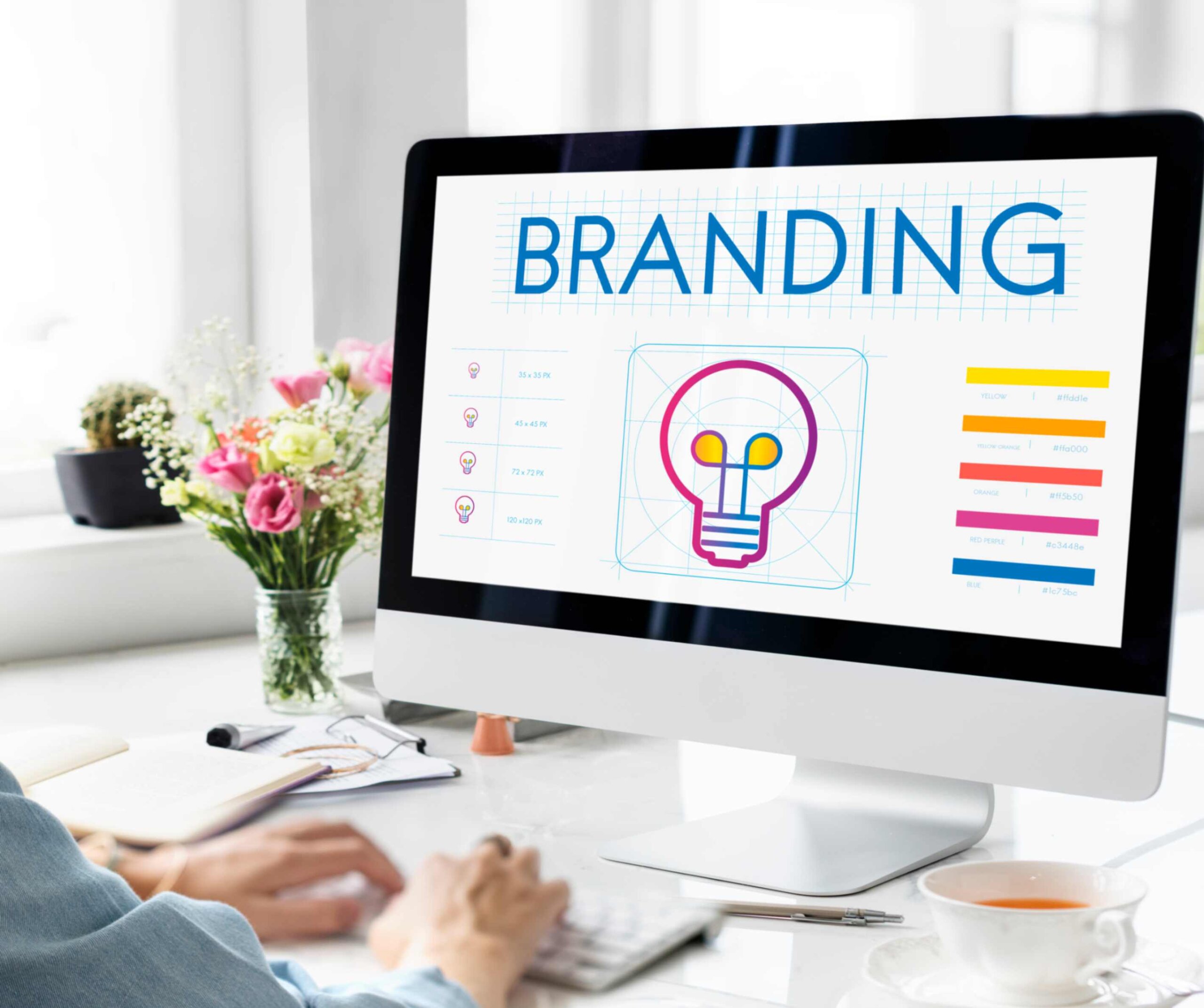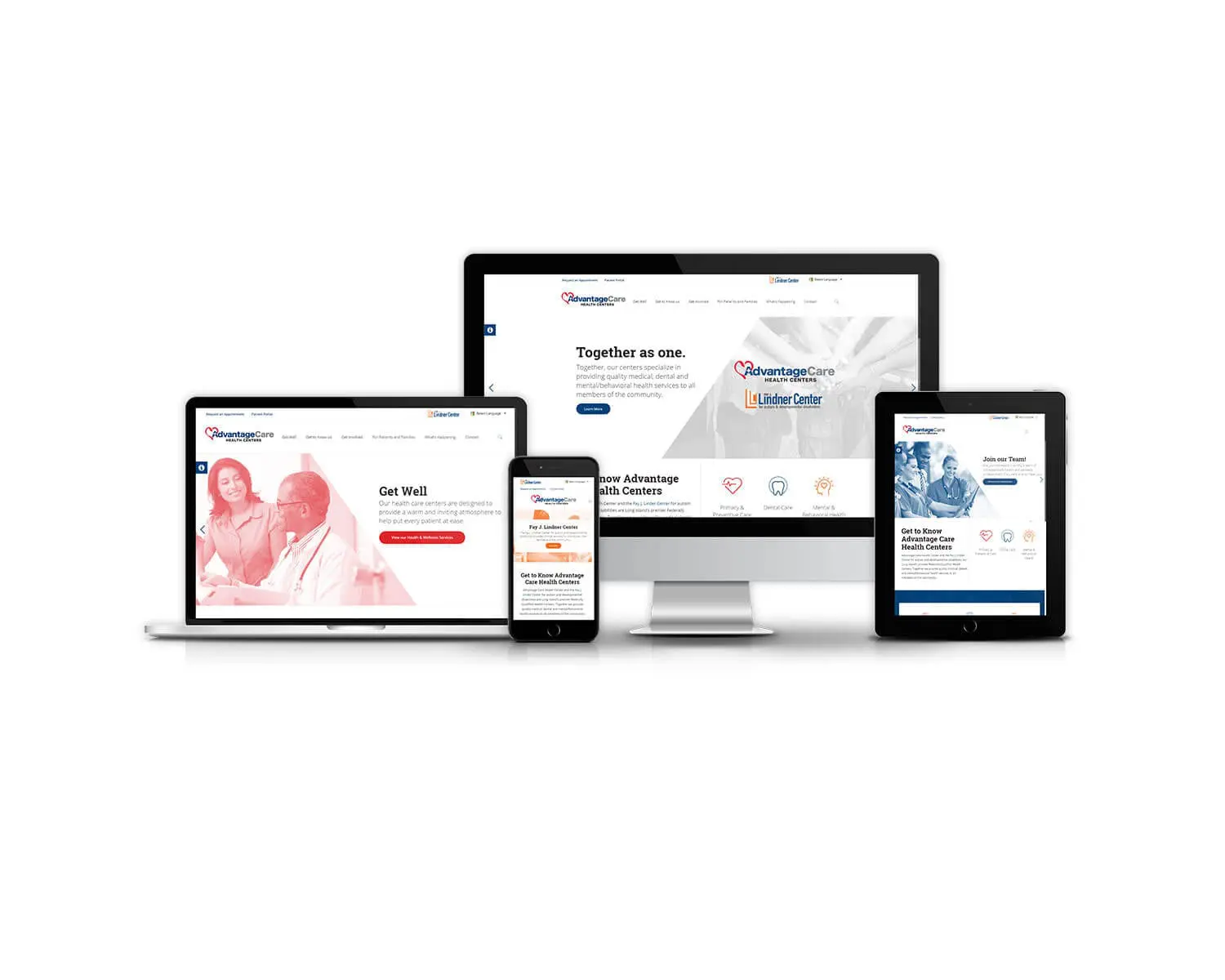The Role of User-Centered Branding Design in Driving Engagement

In today’s hyper-competitive digital landscape, where consumers are bombarded with thousands of brand messages daily, standing out isn’t just about flashy logos or catchy slogans. It’s about forging genuine, lasting connections that resonate on a human level. Enter user-centered branding design—a strategic approach that flips the script on traditional branding design by placing the audience at the heart of every decision. This isn’t mere aesthetics; it’s a powerful driver of engagement, loyalty, and growth.
If you’re a business owner, marketer, or designer wondering how to elevate your branding design from generic to unforgettable, this comprehensive guide is for you. We’ll explore how human-centered principles transform branding design into a tool for meaningful audience connections. From in-depth user research to iterative prototyping and rigorous testing, we’ll uncover the processes that shape a brand’s visual identity, tone, and messaging. Plus, we’ll share actionable tips to weave user feedback into your branding design workflow, ensuring your efforts translate into measurable engagement.
What Is User-Centered Branding Design?
At its core, user-centered branding design is a methodology that prioritizes the needs, behaviors, and aspirations of your target audience over internal assumptions or trends. Unlike conventional branding design, which often starts with a creative team’s vision and works outward, this approach begins with empathy. It’s rooted in human-centered design (HCD) principles, popularized by innovators like IDEO and Don Norman, but tailored specifically to branding.
Traditional branding design might focus on what looks good—sleek fonts, bold colors, and memorable symbols. But user-centered branding design asks: What feels right to the people we’re serving? It considers emotional triggers, cultural contexts, and pain points to craft identities that don’t just attract attention but sustain it.
Why does this matter for engagement? Studies from Nielsen Norman Group show that user-centered experiences boost retention by up to 400%. In branding terms, this means higher click-through rates, longer dwell times on your site, and a community of advocates who share your content organically. For instance, brands like Airbnb didn’t just redesign their logo; they co-created it with user insights, resulting in a symbol (the Bélo) that evokes belonging worldwide.
In essence, user-centered branding design bridges the gap between a brand’s story and its audience’s reality, turning passive viewers into active participants. As we delve deeper, you’ll see how research, prototyping, and testing are the pillars upholding this bridge.
The Power of Understanding User Needs in Branding Design
Before sketching a single wireframe or selecting a color palette, successful branding design demands a profound understanding of user needs. This isn’t guesswork; it’s data-driven empathy. By mapping out who your users are—their demographics, psychographics, and daily challenges—you lay the foundation for branding design that resonates authentically.
Consider the empathy map, a staple tool in user-centered processes. It segments insights into what users say, think, do, and feel. For a fitness app’s branding design, this might reveal that millennials say they want motivation but feel overwhelmed by gym intimidation. Armed with this, designers can infuse the brand’s tone with encouragement rather than intimidation, fostering emotional bonds that drive daily logins.
Research from Forrester Research underscores this: Companies excelling in customer experience (often powered by user insights) outperform laggards by 5.4 times in revenue growth. In branding design, this translates to visuals that mirror user aspirations—think Apple’s minimalist aesthetic appealing to innovators who value simplicity amid chaos.
But how do you gather these insights? That’s where structured research comes in, ensuring your branding design is informed, not inspired by whims.
Conducting User Research for Branding Design
User research is the reconnaissance phase of user-centered branding design. It’s about immersing yourself in your audience’s world to extract actionable nuggets that inform every facet of your brand.
Start with qualitative methods like in-depth interviews and focus groups. Aim for 5-10 sessions per user segment to uncover nuances. For a sustainable fashion brand’s branding design, interviews might reveal that eco-conscious Gen Z users crave transparency in supply chains. This insight could shape messaging around “farm-to-closet” stories, visualized with earthy tones and authentic user-generated imagery.
Quantitative tools complement this: Surveys via Google Forms or Typeform can poll hundreds on preferences. Questions like “What colors evoke trust for you in financial services?” directly influence visual identity. Tools like Hotjar or UserTesting add behavioral data, tracking how users interact with mockups.
Don’t overlook secondary research—analyzing competitor audits, social listening on platforms like Twitter, or reviewing industry reports from Gartner. For B2B branding design, this might highlight how users in tech sectors respond to futuristic blues over corporate grays.
The goal? Create user personas—fictional yet data-backed archetypes. “Eco-Emma,” a 28-year-old urban professional, becomes your north star, guiding decisions from logo simplicity to tagline warmth.
By investing 20-30% of your branding design budget in research (as recommended by AIGA), you mitigate risks and amplify relevance, setting the stage for prototyping that truly engages.
Prototyping: Bringing User Insights to Life in Branding Design
With research in hand, prototyping emerges as the creative playground of user-centered branding design. Here, abstract insights morph into tangible artifacts: mood boards, logo variations, typography explorations, and even full mockups of branded touchpoints like websites or packaging.
Prototyping isn’t about perfection; it’s about iteration. Use low-fidelity tools like Figma or Adobe XD for rapid sketches—wireframes of how a newsletter might look with user-preferred sans-serif fonts. For a coffee brand’s branding design, prototypes could test warm ambers versus cool greens, aligning with user associations of “cozy mornings.”
High-fidelity prototypes take it further, incorporating motion and interactivity. Imagine a fintech app where the branding design tone—empathetic and reassuring—is prototyped through micro-animations that guide users gently through onboarding.
Key to effective prototyping is co-creation. Involve users early via workshops or online tools like Miro. This ensures the branding design evolves collaboratively, reducing redesign costs by up to 65%, per McKinsey.
Incorporate accessibility from the jump: Color contrast checkers for visual identity, alt-text simulations for messaging. This not only complies with WCAG standards but deepens engagement by including diverse users.
Prototyping closes the loop from research, validating assumptions and sparking “aha” moments that make your branding design feel tailor-made.
Tools and Best Practices for Branding Design Prototypes
- Digital Tools: Figma for collaborative real-time editing; Sketch for Mac-centric teams.
- Analog Methods: Paper sketches for quick ideation, scanned into digital for sharing.
- Best Practice: Limit scopes—prototype one element (e.g., tone via sample copy) per round to maintain focus.
By prototyping iteratively, your branding design becomes a living dialogue with users, primed for testing.
Testing: Refining Branding Design Through User Feedback
Testing is where user-centered branding design shines brightest, transforming prototypes into polished realities via relentless feedback loops. It’s not a one-off; it’s continuous, ensuring your brand adapts as users do.
Begin with usability testing: Recruit 5-8 users per iteration (Nielsen’s magic number for catching 85% of issues). Tools like Lookback.io let you observe remote sessions, noting reactions to visual identity elements. Does the logo’s curve evoke trust, or confusion?
A/B testing via Optimizely compares variants—e.g., messaging with playful emojis versus straightforward prose—measuring metrics like engagement time or share rates.
For deeper emotional resonance, employ sentiment analysis on feedback. Qualitative tools like Dovetail organize quotes into themes: “The tone feels like a friend, not a sales pitch.” This refines branding design to hit emotional chords.
Quantitative metrics track success: Net Promoter Score (NPS) for loyalty, conversion rates for action. A beauty brand testing branding design might find that user-tested pastel palettes lift cart additions by 22%.
Address biases: Diversify testers across ages, abilities, and backgrounds. Iterate 3-5 rounds, each building on prior learnings.
Testing isn’t critique—it’s collaboration. Frame sessions as “help us improve,” turning users into partners and boosting buy-in for the final branding design.
Common Pitfalls in Branding Design Testing and How to Avoid Them
- Pitfall: Over-relying on internal teams. Avoid: Always include external users.
- Pitfall: Ignoring negative feedback. Avoid: Probe deeper—”Why did this tone miss the mark?”
- Pitfall: Rushing to launch. Avoid: Set gates, like 80% user approval before finalizing.
Through testing, user-centered branding design ensures your brand isn’t just seen—it’s felt, driving sustained engagement.
How User-Centered Insights Shape Visual Identity, Tone, and Messaging in Branding Design
Now, let’s connect the dots: How do research, prototyping, and testing concretely mold a brand’s core elements?
Crafting a Resonant Visual Identity
Visual identity—logos, colors, imagery—is the face of your branding design. User research reveals preferences: A travel brand might learn adventure-seekers favor rugged textures over polished stock photos.
Prototyping tests these: Mock brand books showcase color schemes in context (e.g., app icons, billboards). Testing gauges recall—does the visual evoke the intended emotion?
Result? A visual identity that’s intuitive. Patagonia’s earthy greens, born from user love for nature immersion, not only engage but mobilize activists.
Tuning the Brand Tone
Tone is the voice—conversational? Authoritative? Research uncovers desired dynamics: B2C users often crave warmth, per Edelman Trust Barometer.
Prototyping drafts copy variations; testing measures readability and affinity via eye-tracking.
For a health tech branding design, shifting from clinical to compassionate tone (e.g., “We’re in this together”) can skyrocket shares by 35%.
Honing Messaging for Maximum Impact
Messaging distills your value prop. User needs inform narratives: Pain points become solutions, aspirations fuel calls-to-action.
Prototyping storyboards; testing split narratives for persuasion.
Nike’s “Just Do It,” refined through user stories of overcoming inertia, exemplifies branding design messaging that inspires global movements.
Integrated, these elements create a cohesive user-centered branding design ecosystem, where visuals reinforce tone, and messaging amplifies both, cultivating deep engagement.
Real-World Examples: User-Centered Branding Design in Action
To illustrate, let’s spotlight brands mastering this.
Spotify: Their branding design evolution leaned on user playlists and listening habits. Research showed users wanted personalization; prototyping dynamic covers; testing via A/B on Wrapped campaigns. Result: 2024’s Wrapped saw 200M+ shares, engagement gold.
Dove’s Real Beauty: Campaign stemmed from user research on body image struggles. Visuals shifted to diverse models; tone to empowering; messaging to “You are beautiful.” Sales surged 700% in a decade, proving user-centered branding design‘s ROI.
Slack: B2B branding design used interviews revealing collaboration fatigue. Playful illustrations and witty tone emerged from prototypes, tested for delight. User growth hit 10M daily actives.
These cases show branding design isn’t static—it’s adaptive, user-fueled.
Tips for Businesses to Incorporate User Feedback into Branding Design
Ready to implement? Here are 10 practical tips for embedding user feedback in your branding design process:
- Build a Feedback Cadence: Schedule quarterly audits. Use surveys post-launch to track branding design evolution.
- Leverage Low-Cost Tools: Free tiers of SurveyMonkey for polls; Canva for quick prototypes shared via links.
- Foster a Feedback Culture: Train teams to view criticism as gold. Host “user story slams” for sharing insights.
- Segment Your Audience: Tailor feedback loops—e.g., loyalty programs for superfans, social polls for casuals.
- Integrate Analytics: Pair qualitative input with Google Analytics heatmaps to see how branding design performs.
- Co-Design Workshops: Invite 5-10 users for hands-on sessions. Tools like MURAL make it virtual-friendly.
- Measure Beyond Vanity Metrics: Track sentiment via Brandwatch; correlate with engagement KPIs.
- Iterate Incrementally: Refresh one element (e.g., tone) per cycle to avoid overload.
- Scale with Tech: AI tools like UserTesting’s Sense for automated insights, accelerating user-centered branding design.
- Celebrate Wins: Share case studies internally—e.g., “User tweak boosted clicks 15%!”—to sustain momentum.
Start small: Pick one tip, like a feedback survey, and scale. Your branding design will thank you with engaged audiences.
Challenges and Solutions in User-Centered Branding Design
No journey is smooth. Common hurdles in user-centered branding design include resource constraints and resistance to change.
Challenge: Time Crunch. Solution: Prioritize—research top 20% of users driving 80% value (Pareto principle).
Challenge: Feedback Overload. Solution: Use affinity diagramming to cluster themes.
Challenge: Misaligned Stakeholders. Solution: Present user data visually, tying to business outcomes like ROI.
Overcoming these ensures branding design remains agile and effective.
The Future of User-Centered Branding Design
As AI and VR evolve, user-centered branding design will integrate immersive experiences—think AR try-ons shaped by neural feedback. Personalization at scale, via machine learning on user data, will make every interaction feel bespoke.
Sustainability will rise: Users demand ethical branding design, from carbon-neutral visuals to inclusive representation.
Brands ignoring this? They’ll fade. Those embracing it? They’ll lead with loyalty.
Conclusion: Elevate Your Branding Design with User-Centered Focus
User-centered branding design isn’t a trend—it’s the evolution of connection in a disconnected world. By harnessing research, prototyping, and testing, you shape visual identities, tones, and messages that don’t just engage but empower your audience.
Implement these strategies, gather feedback relentlessly, and watch your branding design spark conversations, conversions, and communities. Ready to transform? Audit your current brand against user needs today. Your audience is waiting.





